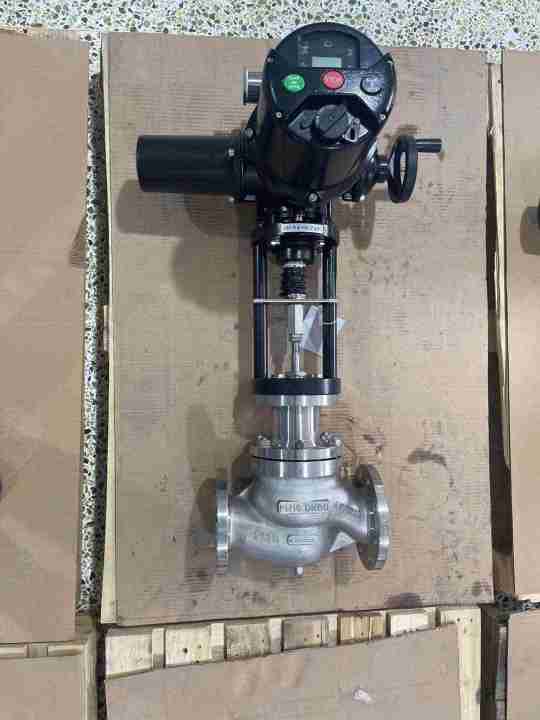Electric two-seat regulating valves are integral components in various industrial processes, primarily used for flow control in piping systems. These valves serve the critical function of regulating the flow rate of fluids, ensuring that processes operate efficiently and safely. This article explores the functionality, design, and applications of electric two-seat regulating valves, highlighting their importance in modern engineering.

What is an Electric Two-Seat Regulating Valve? An electric two-seat regulating valve is a type of control valve that utilizes an electric actuator to adjust the valve position. The term “two-seat” refers to the valve design, which features two seats that work together to create a tight seal when closed, preventing leakage and ensuring optimal performance. The electric actuator provides precise control over the valve’s opening and closing, allowing for accurate flow regulation. Key Components and Functionality The main components of an electric two-seat regulating valve include: Valve Body: The body houses the internal components and provides the connection points for the piping system. It is usually made from materials such as stainless steel, cast iron, or other corrosion-resistant materials.